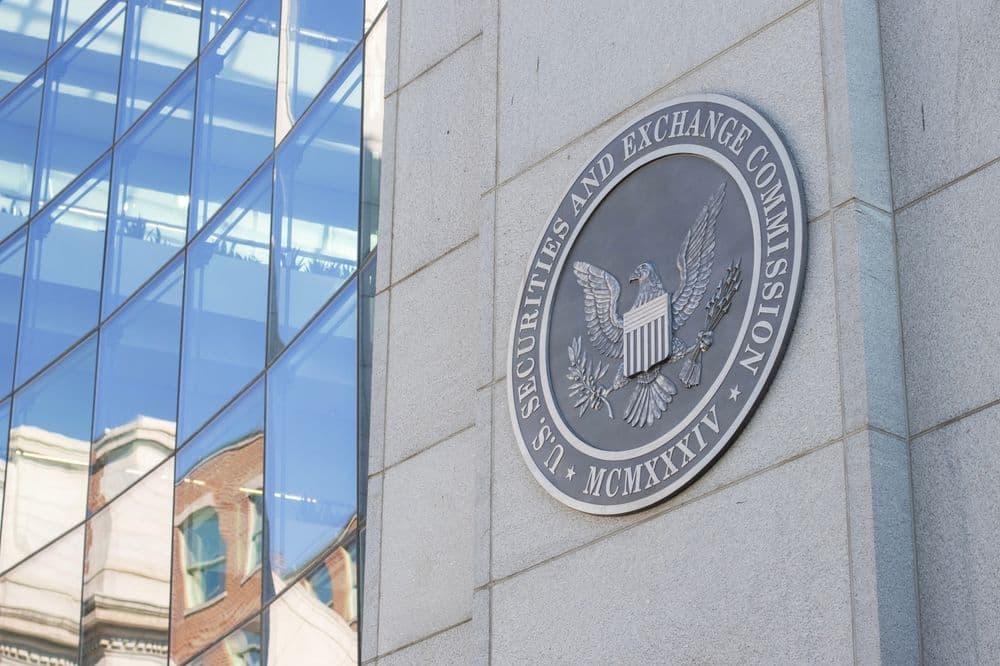 ECB Warns U.S. Stablecoins Undermine Europe’s Monetary Sovereignty. (Shutterstock)
ECB Warns U.S. Stablecoins Undermine Europe’s Monetary Sovereignty. (Shutterstock)The post, authored by Jürgen Schaaf, an adviser in the ECB’s Market Infrastructure and Payments Unit, argues that dollar-based stablecoins such as Tether’s USDT and Circle’s USDC, already dominant globally, pose risks of “digital dollarization” akin to the dilemmas faced by emerging economies whose currencies are overshadowed by the U.S. dollar.
According to Schaaf, if U.S. stablecoins gain traction for everyday payments, savings, or settlements within the euro area, the ECB’s control over interest rates and money supply may be eroded. In his words, such a shift would be structurally similar to conventional dollarization, limiting policymakers’ room to act.
Schaaf further warns that widespread use of these stablecoins could favor the U.S. economically and geopolitically. The U.S. might benefit from cheaper debt financing and an enhanced global financial role, whereas Europe could face higher borrowing costs, diminished policy autonomy, and deeper dependency on American financial infrastructure.
Global stablecoin market capitalization is estimated around $250 billion, nearly all tied to the U.S. dollar, while euro-denominated stablecoins remain negligible, market value under €350 million, illustrating a stark imbalance that leaves Europe exposed.
To counter these risks, Schaaf urges Europe to accelerate development of the digital euro, a central bank digital currency (CBDC) under ECB development, and to promote privately issued euro-backed stablecoins. These would help reassert the euro’s role in digital finance and safeguard monetary sovereignty.
By offering a public, trusted alternative, the digital euro could retain user deposits within the euro system and prevent capital fleeing to foreign-denominated digital assets.
Schaaf’s warnings build on months of institutional debate. Earlier reports indicate the European Commission is planning to treat stablecoins issued outside the EU as fungible with regulated EU-issued tokens under the Markets in Crypto-Assets (MiCA) framework, a move the ECB opposes. The ECB has cautioned that such treatment could expose EU banks to sudden reserve outflows in times of market stress.
In response, ECB President Christine Lagarde has urged EU lawmakers to expedite legislation enabling the digital euro, framing it as essential to Europe’s financial independence in the face of mounting stablecoin risks.
Beyond monetary control, Schaaf highlights broader financial stability risks. Interest-bearing stablecoins could attract euro depositors seeking higher yields, draining capital from traditional banks and undermining credit availability. Moreover, a disorderly collapse of a large stablecoin issuer could have spillover effects across the financial system, exposing regulatory gaps in global stablecoin markets.
Schaaf also emphasizes the interoperability of stablecoin networks, warning that regulatory arbitrage across jurisdictions could amplify instability unless coordinated oversight is established.
With stablecoin market adoption rising globally and the U.S. enacting regulatory frameworks, Europe faces a defining choice: maintain the status quo and risk deepening reliance on U.S.-backed digital assets, or press forward with euro-denominated stablecoins and fast-track the digital euro to assert monetary autonomy.
The degree to which Europe accelerates public and private digital euro initiatives and coordinates regulatory standards globally, might determine whether the euro survives as a strategic digital currency or fades under digital dollar dominance.

Solana emerges as RWA hotspot with over 105K holders

Animoca Brands wins key ADGM approval for Middle East push

Wormhole launches “Sunrise” to bring MON to Solana

SEC signals crypto shift with “Project Crypto”